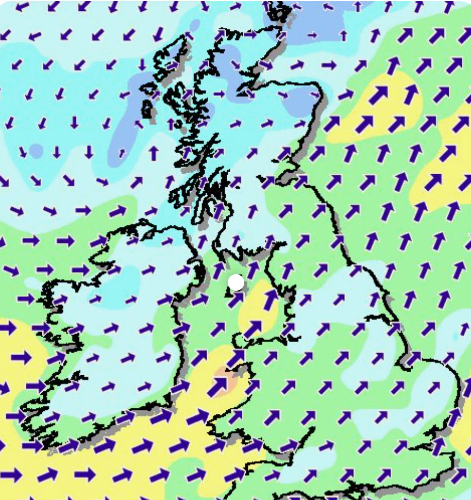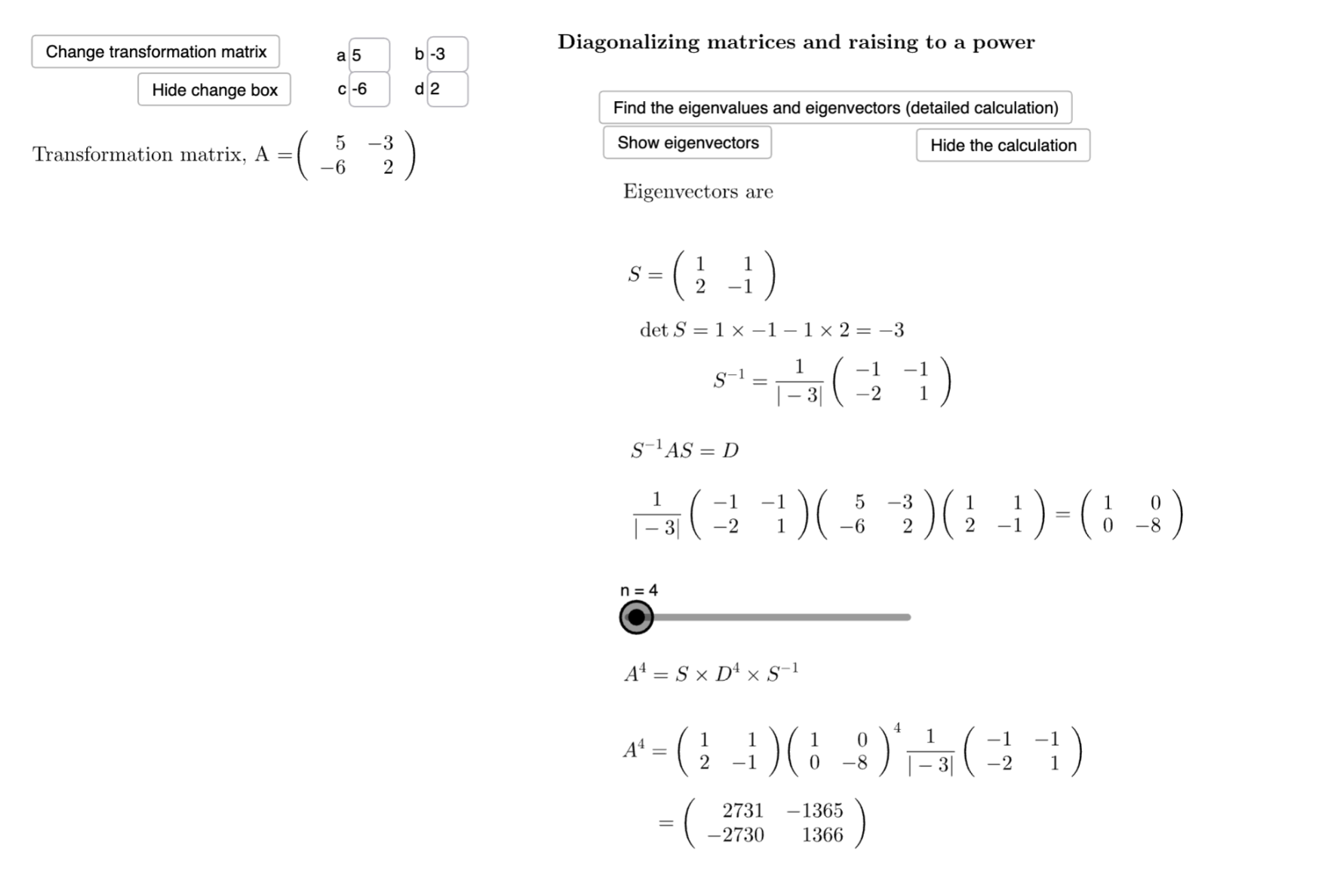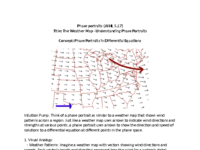The Dynamics of Dance
Scenario: The Dynamics of Dance
Background:
In the vibrant land of Vectoria, dances are not just performances but complex interactions of forces and movements, studied and perfected through the use of mathematics. The Vectorian Dance Academy uses a sophisticated applet to model these interactions as phase portraits of coupled differentials, capturing the dynamic flow of their dancers' movements.
Objective:
As a choreographer at the academy, your challenge is to use the "Phase Portraits of Coupled Differentials" applet to create a harmonious and visually appealing dance sequence that follows the mathematical models of motion.
Investigation Steps:
1. Setting the Stage:
- Use the applet to adjust the parameters (a, b, c, d) which represent the influence of one dancer's movement on another.
- Set the initial starting point, representing the initial position and momentum of the lead dancer.
2. Choreographing the Dance:
- Observe how changes in parameters affect the trajectories of the dancers.
- Aim to create a phase portrait that is both aesthetically pleasing and feasible for dancers to perform.
3. Simulating the Performance:
- Start the animation to visualize the flow of the dance.
- Experiment with different starting points and parameters to refine the movements.
4. Finalizing the Routine:
- Once satisfied with the simulated dance, stop the animation and note down the final parameters and positions.
- Translate the mathematical model into actual choreography for the dancers to rehearse.
Questions for Investigation:
1. Discovery Question:
- How do changes in the coupled differential equations' parameters alter the complexity and style of the dance?
2. The Art of Mathematics:
- In what ways does the phase portrait provide insights into the rhythm and synchronization of the dancers?
3. The Choreographer's Palette:
- How might you use the slope field feature to adjust the fluidity and direction of the dance moves?
4. Reflection:
- Reflect on the relationship between mathematical models and artistic expression.


